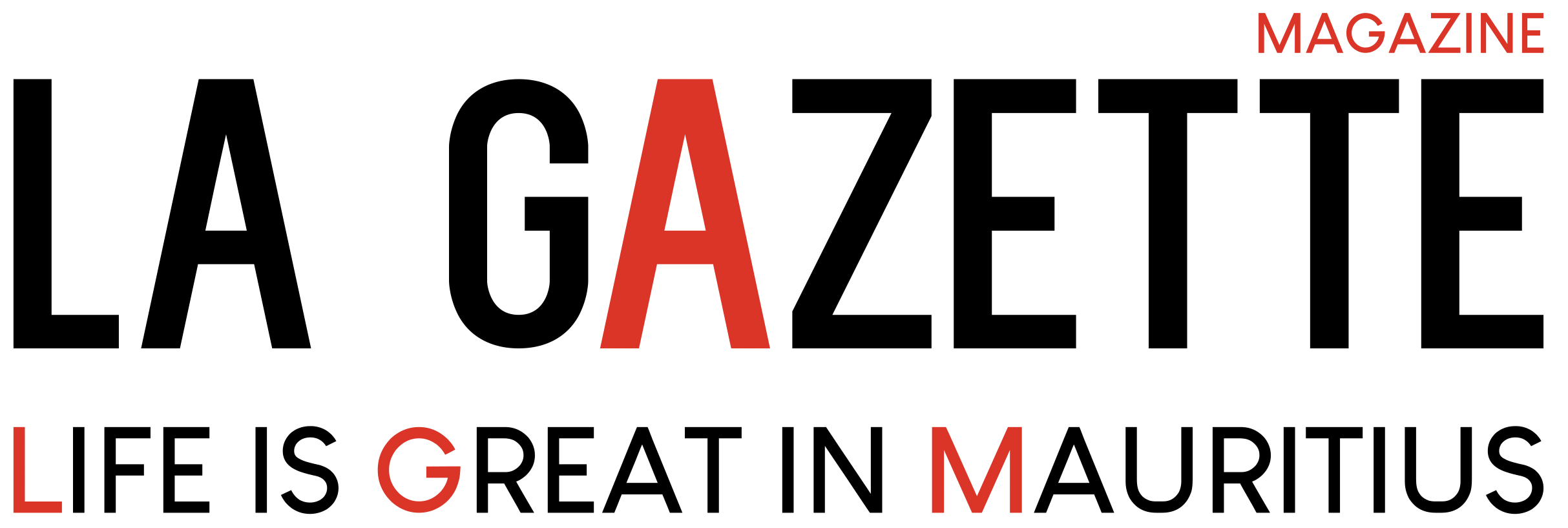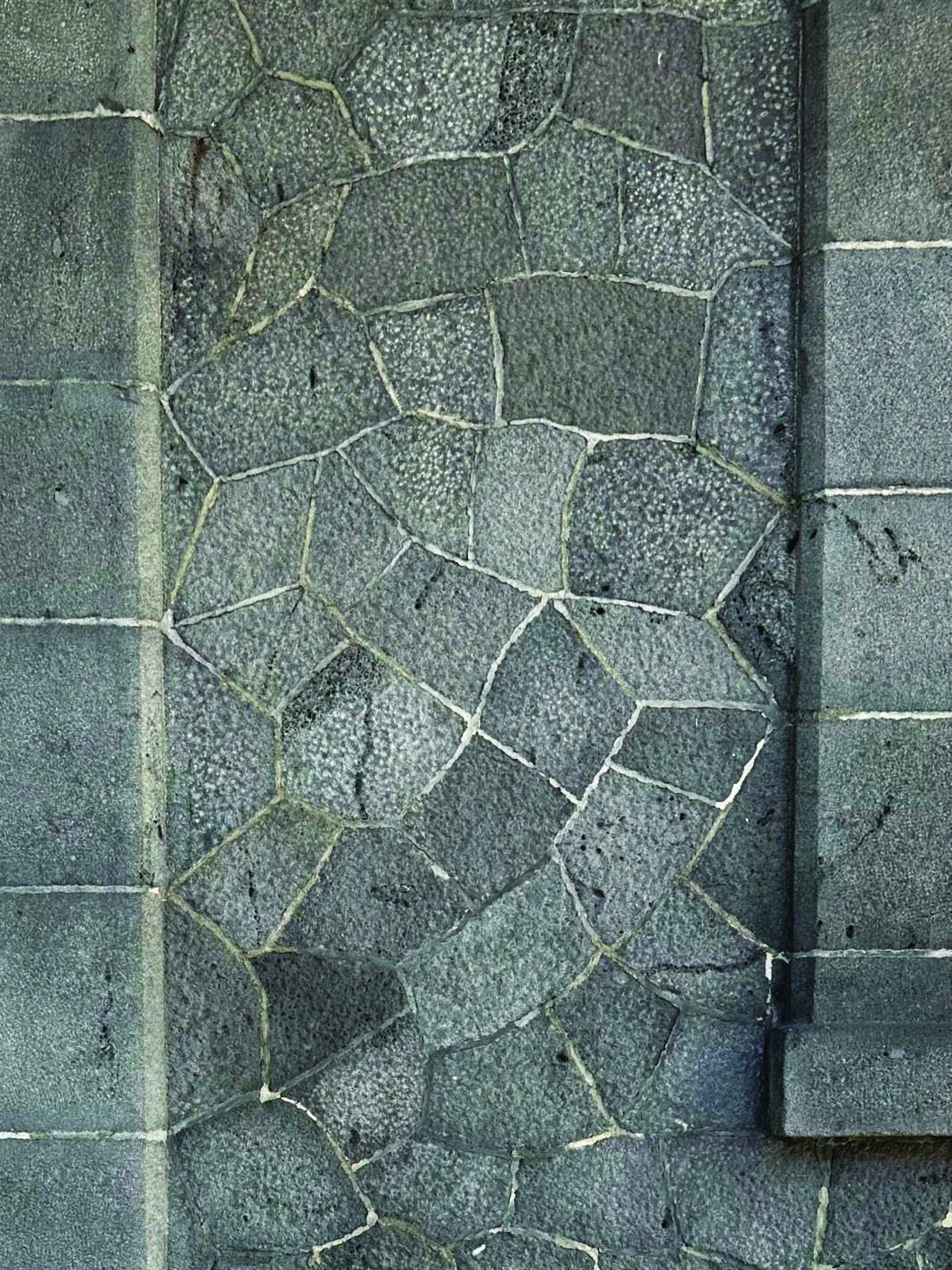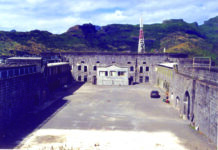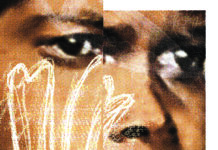“In Mauritius, there’s a way of building with basalt that I can’t find anywhere else, which results in a quality of size and architecture that is quite extraordinary.” However critical he may be, ICOMOS expert Christophe Graz literally gave the National Heritage Fund team a boost, showing the unique skills revealed by our traditional architectures.
Dominique Bellier
After the Comoros and Madagascar, representatives of the National Heritage Fund (NHF) received a nine-day training course in July on the heritage and traditional architecture of Mauritius, as part of the Cultural and Creative Industries (ICC) development project implemented by the Indian Ocean Commission. Christophe Graz, an expert from the Hydea consultancy firm and the ICOMOS network (International Council on Monuments and Sites), took technicians and archaeologists into the field to identify in situ the many uses of materials and skills involved in our buildings.
Christophe Graz believes that Mauritius is home to the most accomplished and diversified traditional architecture in the region… “Port Louis was the capital of the region in colonial times. Port Louis was the region’s capital in colonial times, which explains the colossal resources invested in the built heritage, in terms of manpower and refinement, particularly in the cutting of basalt, which is so delicate to work. The technique of assembling irregularly shaped stones to create highly aesthetic wall mosaics is particularly noteworthy. The care taken will be more or less refined depending on the purpose of the building, but these techniques are present in quite a wide range, from the local store with its relatively coarse joints, to the impeccable offices of the Prime Minister, via the powder mill or the Port Louis market…”.
Making walls talk
Our interlocutor is surprised, however, that our buildings are so little promoted. He mentions, for example, the Musée de Mahébourg, whose architectural qualities are not addressed, even though they are just as interesting as the content presented in the exhibition halls.
During the course, the expert covered international heritage protection mechanisms, world heritage status, town planning regulations, architectural typologies, from the most modest dry-stone wall to the most extravagant castles, stone-cutting techniques, the uses of sheet metal and the assembly of building plants, as well as the art of documenting all this heritage to international standards.
The participants were then asked to pass on what they had learned to the technical teams of the various organizations concerned, with a view to carrying out complete heritage inventories.
The time will then come to promote this heritage, with the possibility of new applications for Unesco classification…”. With its basalt stalls covered in slate in places, the Port Louis market has as much intangible and tangible value, in my view, as Aapravasi Ghat. Port Louis still has potential, especially in China town, which still retains its cachet… ”








